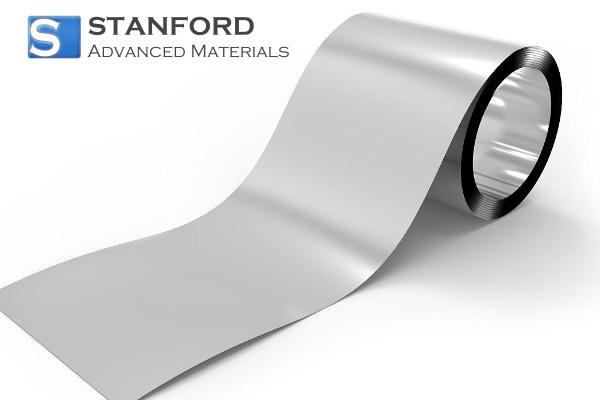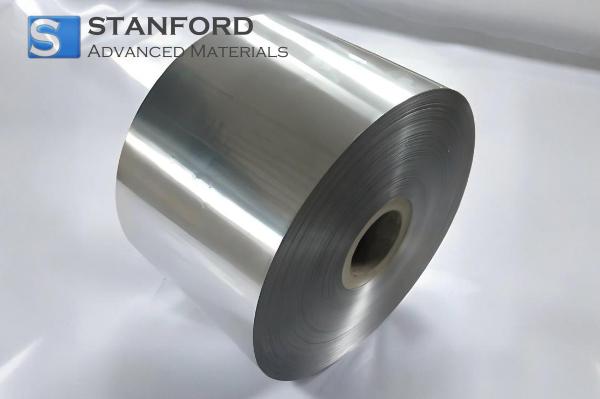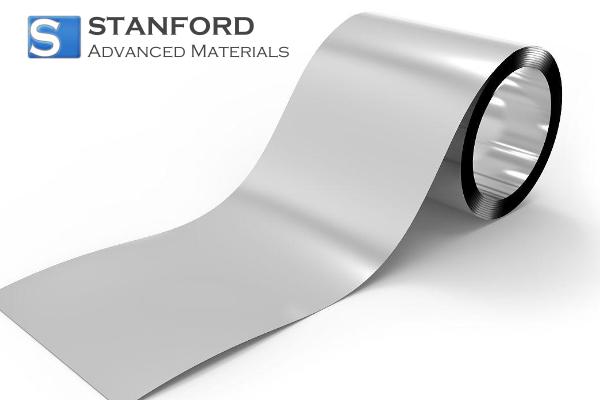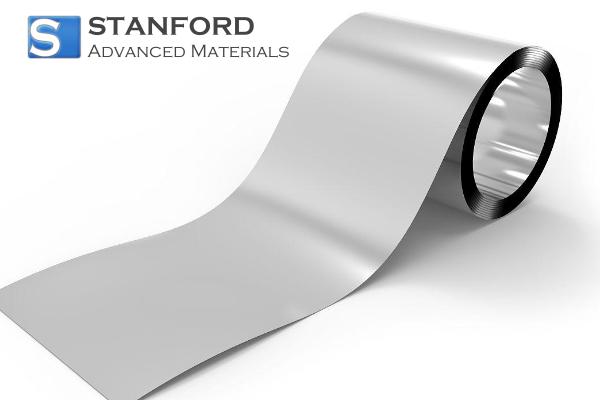Lawrencium: Element Properties And Uses
Description
Lawrencium, Element 103, is a synthetic radioactive metal with specific chemical and physical properties. It is used in advanced scientific research and in niche industries.
Introduction to the Element
Lawrencium is an artificially produced element and the final member of the actinide series with an atomic number of 103. First synthesised in the mid-20th century, Lawrencium is produced by bombarding lighter elements with high-energy particles in specialised nuclear reactors and accelerators. Its discovery contributed quantitatively to the understanding of transuranium elements and the forces that determine nuclear stability.
Chemical Properties Description
The chemical behaviour of Lawrencium is under rigorous scientific investigation. As a member of the actinide family, it is expected to predominantly exhibit the oxidation state +3. Its electronic configuration indicates that relativistic effects may influence its bonding properties, thereby differing from those of lighter actinides.
Physical Properties Data Table
|
Property |
Data |
Remarks |
|
Atomic Number |
103 |
Position in the periodic table |
|
Atomic Mass |
~262 |
Estimated value; varies with the isotope |
|
Phase at Room Temperature |
Solid (predicted) |
Based on periodic trends |
|
Density (predicted) |
~15 g/cm³ |
Theoretical estimation |
|
Melting Point |
Unknown |
Difficult to measure |
|
Half-life |
Several hours |
Depends on the isotope |
Further information is available at Stanford Advanced Materials (SAM).
Common Uses
Due to its extreme rarity and short half-life, Lawrencium is seldom used in standard industrial products. Its primary application is in scientific research. Laboratories worldwide utilise Lawrencium to investigate nuclear reactions and electron configurations in transuranium elements. By analysing its behaviour, scientists refine calculation models that predict the properties of elements beyond those that occur naturally. Furthermore, Lawrencium is employed in experiments that test the limits of modern nuclear instrumentation.
Preparation Methods
The preparation of Lawrencium involves demanding nuclear reactions that require advanced technology. Typically, scientists produce Lawrencium by bombarding a heavy target element with accelerated ions, using devices such as cyclotrons or linear accelerators. This process is conducted in a controlled environment where the necessary extreme conditions for nuclear synthesis are safely attained.
Frequently Asked Questions
What is Lawrencium and how is it produced?
Lawrencium is a synthetic radioactive element produced through high-energy nuclear reactions in particle accelerators.
What are the main chemical properties of Lawrencium?
Lawrencium typically exhibits the oxidation state +3 and displays chemical properties characteristic of actinides, although its precise chemical behaviour remains under investigation.
How is Lawrencium used in research?
It is principally used in scientific studies to improve our understanding of nuclear reactions and electron configurations in transuranium elements.
What challenges are there in the production of Lawrencium?
The synthesis of Lawrencium requires advanced technology and strict safety protocols due to its radioactivity and the complexity of the nuclear reactions.
Are there industrial products associated with Lawrencium?
Indirectly, yes. The techniques developed for the synthesis of Lawrencium have improved the production of advanced detectors and specific radioactive isotopes used in various industrial sectors.

 Bars
Bars
 Beads & Spheres
Beads & Spheres
 Bolts & Nuts
Bolts & Nuts
 Crucibles
Crucibles
 Discs
Discs
 Fibers & Fabrics
Fibers & Fabrics
 Films
Films
 Flake
Flake
 Foams
Foams
 Foil
Foil
 Granules
Granules
 Honeycombs
Honeycombs
 Ink
Ink
 Laminate
Laminate
 Lumps
Lumps
 Meshes
Meshes
 Metallised Film
Metallised Film
 Plate
Plate
 Powders
Powders
 Rod
Rod
 Sheets
Sheets
 Single Crystals
Single Crystals
 Sputtering Target
Sputtering Target
 Tubes
Tubes
 Washer
Washer
 Wires
Wires
 Converters & Calculators
Converters & Calculators
 Write for Us
Write for Us




 Chin Trento
Chin Trento



